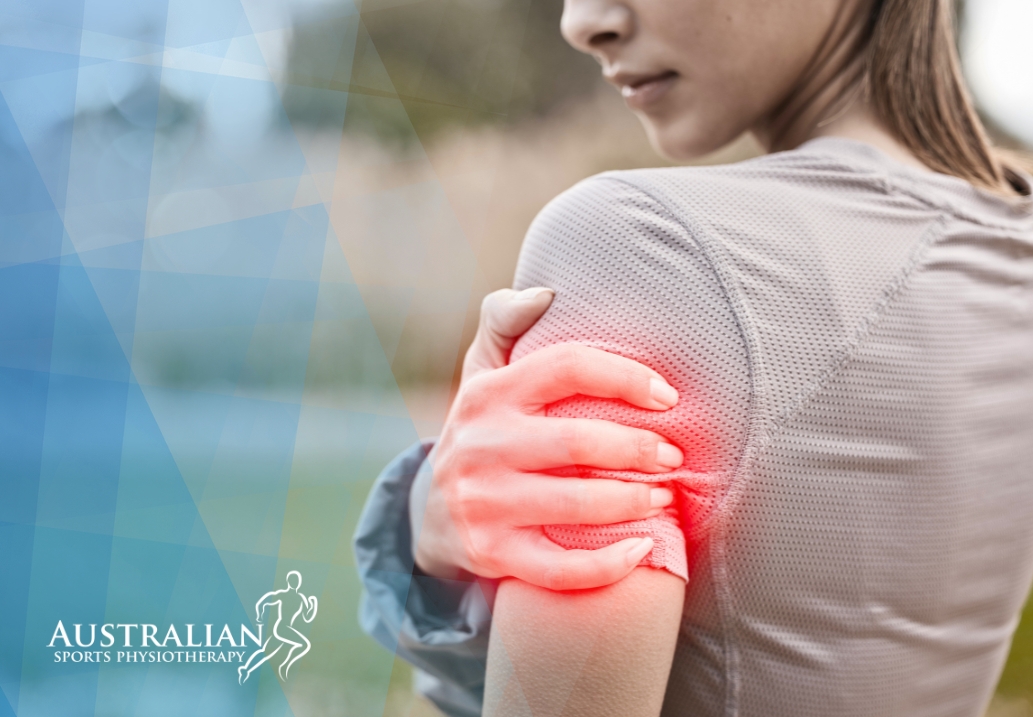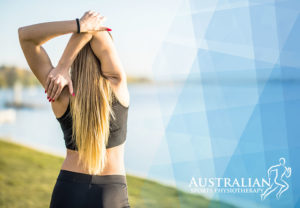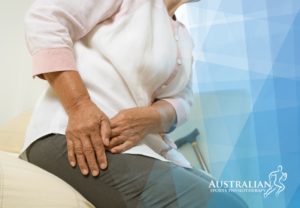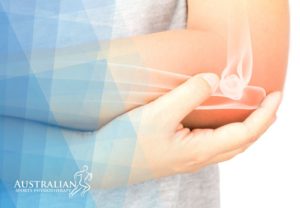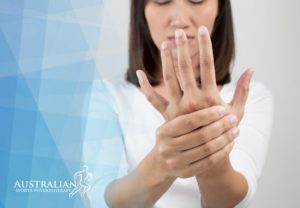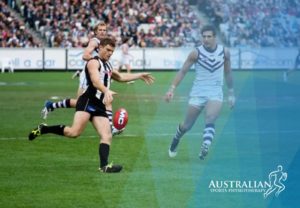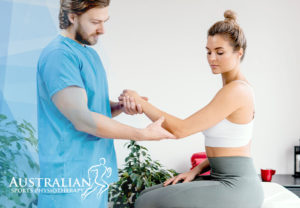Are you an athlete or active individual experiencing pain in your shoulder and arm? You may be suffering from long head biceps tendinitis, a common injury among those who participate in repetitive overhead activities. It is essential to take preventive measures to avoid this condition further developing and continue enjoying your sport or physical activities.
Long head biceps tendinitis occurs when the tendon that attaches the biceps muscle to the shoulder becomes inflamed or irritated. This can result in pain, weakness, and limited range of motion in the shoulder and arm. Athletes and individuals who regularly engage in activities that involve overhead movements are at a higher risk of developing this condition.
If you want to prevent long head biceps tendinitis and maintain optimal shoulder health, it is crucial to take proactive steps and make mindful choices in your training and activities. By understanding the risk factors and implementing preventive strategies, you can reduce the likelihood of developing this painful condition.
What is long head biceps tendinitis?
Bicep tendonitis is an inflammation of the tendons connecting the biceps muscle to the shoulder.
What causes biceps tendonitis?
1. Overload
The most prevalent cause of biceps tendonitis is overuse of the tendon or a lack of enough recovery time between sessions.
2. Overstretching or excessive compression
Overstretching, in which the tendon is stretched too tightly over the bones. This might produce severe compression between the shoulder bone and the tendon, resulting in an injury.
3. Poor biomechanics
This is especially true for swimmers and racket sports enthusiasts. Biceps tendonitis can occur when the muscles that stabilise the shoulder blade are not strong enough to complete their job effectively near the end of a long exercise session.
When these muscles fatigue, the shoulder blade tilts further forward than it should, resulting in more compression and friction than the biceps tendons are accustomed to. This is also why you shouldn’t round your shoulder girdle when lifting weights.
Common symptoms of long head biceps tendinitis
- A deep, throbbing ache in the front of the shoulder.
- Pain that is usually localised to the bicipital groove.
- Pain may radiate towards the insertion of the deltoid muscle.
- Pain that may radiate down to the hand in a radial distribution.
- Weakness in the arm.
- Stiffness in the morning.
Tips to preventing long head biceps tendinitis
Here are some valuable tips for athletes and active individuals to prevent long head biceps tendinitis and stay injury-free.
1. Overhead activities
Be cautious with repetitive overhead motions, especially those that involve heavy weights or forceful movements. If your sport or exercise routine involves a lot of this, consider incorporating variations or reducing the intensity to avoid overworking your shoulder.
2. Posture
Slouching or hunching can put undue stress on your shoulders. Practice good posture throughout the day, whether you’re sitting, standing, or exercising. Maintaining good posture throughout the day helps keep your shoulders aligned and reduces stress on the biceps tendon.
3. Lifting technique
Mastering proper form in overhead sports like swimming, gymnastics, and throwing is crucial. A coach or physiotherapist can help ensure your movements are smooth and don’t put undue stress on your biceps tendon. When lifting weights or carrying heavy objects, keep them close to your body and use both arms whenever possible. This reduces strain on your shoulders and biceps.
4. Rotator cuff
Don’t neglect your rotator cuff muscles. Strong rotator cuff muscles support the shoulder joint and take pressure off the biceps tendon. Include rotator cuff strengthening exercises in your routine.
5. Warm-up and cool down
Always warm up your shoulders before exercise and cool down properly afterwards. This helps improve flexibility and prepares your muscles for activity.
6. Gradual progression
Avoid suddenly ramping up the intensity of your workouts. Gradually increase weight, reps, or distance to allow your tendons to adapt.
7. Pain is a signal
Don’t ignore niggling shoulder pain. Address it early with rest or consult a physiotherapist to prevent a minor issue from becoming a major setback. Pain is your body’s way of telling you something’s wrong. If you experience shoulder pain, especially during overhead activities, take a break and consult a physiotherapist.
8. Rest and recovery
Don’t push through pain. Schedule rest days for your body to recover and prevent overuse injuries.
By following these tips and incorporating proper form and technique into your activities, you can significantly reduce your risk of developing long head biceps tendinitis and keep your shoulders pain-free. If you have any concerns or experience persistent pain, consult a physiotherapist for a personalised evaluation and exercise program.

Final thoughts
Taking proactive steps to prevent long head biceps tendinitis is crucial for athletes and active individuals. By incorporating proper warm-ups, stretching, strength training, and listening to your body, you can avoid this painful condition and continue to pursue your passion for sports and fitness.
Remember, prevention is always better than treatment, so prioritise your shoulder health and keep moving forward!
